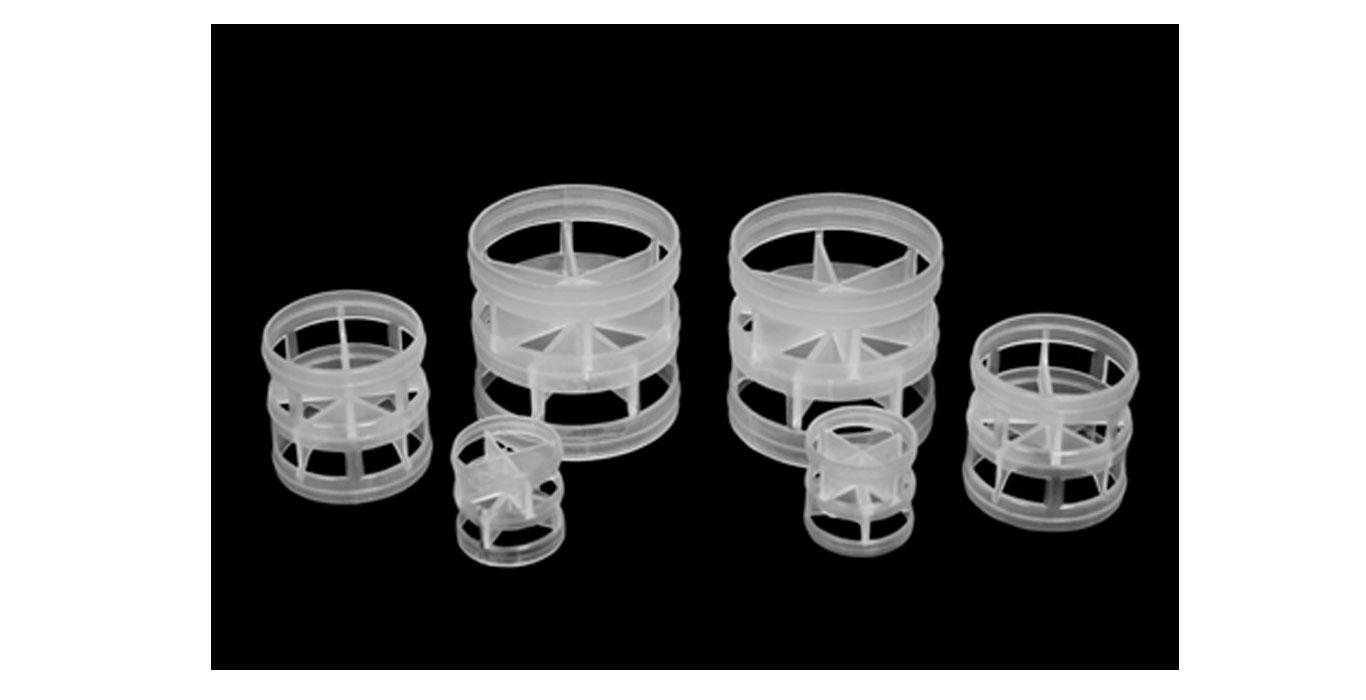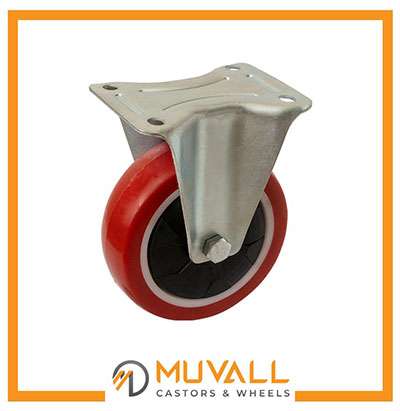Ethamsylate can be found in the medicinal product known as a Haemostatic tablet. In disorders such as dysfunctional uterine bleeding and periods, it is used to prevent abnormal bleeding or regulate bleeding that is already occurring. Additionally, it might be utilised to stop or minimise bleeding prior to, during, or after delicate surgical procedures.
Haemostatic tablets supplied by one of the most prominent and distinguished haemostatic tablets suppliers, work to normalise the walls of blood vessels and increase the number of platelets present at the site of bleeding. It does this by enhancing the platelets’ capacity to adhere to one another, which, in turn, helps in forming blood clots.
Itching or rash on the skin, nausea, vomiting, headache, and redness are some of the potential adverse effects of the Haemostatic tablet. In most cases, these negative effects will disappear as time passes. However, you should talk to your physician if any of such side effects continue for an extended period of time or get worse. If you have a medical disease such as porphyria, fibroids, or any other condition similar to these, you should avoid taking it.
A doctor’s prescription is required in order to get a Haemostatic tablet. It poses the same effect even if it is consumed without food. Your health and how you react to the medication will be taken into consideration by your physician when determining the appropriate dosage of this medication for you to take. You will be closely monitored in order to determine whether or not this medication triggers any allergic reactions in you.
There is a possibility of an interaction between the Haemostatic tablet and any other medical conditions or medications that you may be taking. Tell your doctor if you have any problems with your heart, liver, or kidneys, as well as any other medications that you might be on so that they can determine if the injection is safe for you or not. Before beginning to take this medication manufactured and supplied by one of the best haemostatic tablets exporters, you should discuss it with your physician, especially during pregnancy or breastfeeding. For reasons of patient safety, your physician may monitor the amount of time it takes for blood to clot or to stop bleeding.
Side effects:
- Severe allergic reaction
- High fever
- Headache
- Diarrhoea
- Skin rash
- Low blood pressure
- Nausea
It is prescribed for:
? Menorrhagia:
Menstruation in medical terms is referred to as Menorrhagia which is accompanied by severe or protracted bleeding. Tablets containing 500mg of Haemostatic are taken to help control severe bleeding that occurs during periods.
? Postoperative haemorrhage:
Postoperative haemorrhage is a medical term that refers to severe internal bleeding that occurs after surgery. After an operation, the Haemostatic tablet supplied by one of the excellent haemostatic tablets suppliers?can be taken to prevent excessive internal bleeding or to stop it completely.
Usage Instructions – When and When not to:
? Allergy:
If you have an allergy to Haemostatic, you should avoid using the tablet form of the medication. Seek emergency medical assistance if you experience any symptoms, including severe dizziness, trouble breathing, itching or swelling, rash on the skin, etc.
? Porphyria:
A condition known as porphyria is characterised by an abnormal buildup of proteins in red blood cells. If you encounter such a situation, you should not consume these tablets.
? Fibroids:
Consuming this tablet is not suggested for women who are having fibroids.
Dose Instructions:
– Missed Dose:
If you forgot to consume the Haemostatic tablet, it is imperative that you do not forget to take the following dose at the scheduled time. It is not safe to take a couple of doses simultaneously to make up for a dose that was skipped.
– Overdose:
Never exceed the amount of medication that has been recommended. In the event that there has been an overdose of the Haemostatic tablet, contact your physician right once. Skin rash, strong headache, diarrhoea, as well as nausea can all be signs of an overdose.
General Instructions to follow:
You can take one Haemostatic tablet daily, with or without meals, or as directed by your healthcare provider. It is important to stick to the dosage that your doctor has recommended.
Eat less at each meal and steer clear of foods that are very rich or spicy. If you start experiencing diarrhoea after consuming this medication, you should contact your healthcare provider as soon as possible. Consume a lot of water so that your body stays nice and hydrated. If you are looking for one of the trusted and noteworthy haemostatic tablets exporters, Depsons Pharma, Centurion Healthcare, etc are the most reliable suppliers and exporters of these tablets.
Haemostatic tablets should not be chewed, crushed, or broken while in the mouth. After separating the tablet from the strip, the tablet should be taken right away.
Notify the healthcare provider if you are aware that you have an allergy to this medication. When you have your period, in addition to taking these tablets, you might find it helpful to use a heating pad. Before starting this new medication, make sure that your doctor is aware of any and all other medications you take, as well as any medical issues you have.
Please keep out of the reach of both children and animals. Make sure that any medicine that has been used up or that has passed its expiration date is appropriately disposed of.
Warnings for particular populations:
– Pregnancy:
Because there is insufficient information on the security of this medication, taking a Haemostatic tablet while pregnant is not something that is advised. Therefore, during pregnancy, you should talk to your physician before using this medication.
– Breastfeeding:
Because there is a lack of information regarding the safety of this medicine while breastfeeding, consuming a Haemostatic tablet is not suggested. Therefore, while breastfeeding, you should talk to your physician before using this medication.
General warnings:
– Fever:
There is a possibility that taking the Haemostatic tablet will raise your internal temperature. If you have a high fever, you should consult your physician as soon as possible. Depending on your current health situation, your physician may alter the dosage or recommend a different treatment option for you.
– Other medicines:
Tablets of Haemostatic have the potential to interact with other medications and cause serious adverse effects. Before beginning treatment with this medication, it is essential that you discuss any other medications that you might be taking with your attending physician.
– Use in menorrhagia:
Only while a woman is actually experiencing menstruation can begin taking one Haemostatic tablet to treat heavy menstrual bleeding.









